16 Mar Retail Inflation and Consumer Price Index 2024
Source – The Hindu and PIB.
General Studies – Growth of Indian Economy, Retail Inflation, Consumer Price Index, Monetary Policy Committee (MPC), Public Distribution System (PDS), Food Inflation in India, Impact of rising food inflation on farmers and macroeconomic indicators of the country, Consumer Food Price Inflation (CFPI), Minimum Support Price.
Why in the News ?
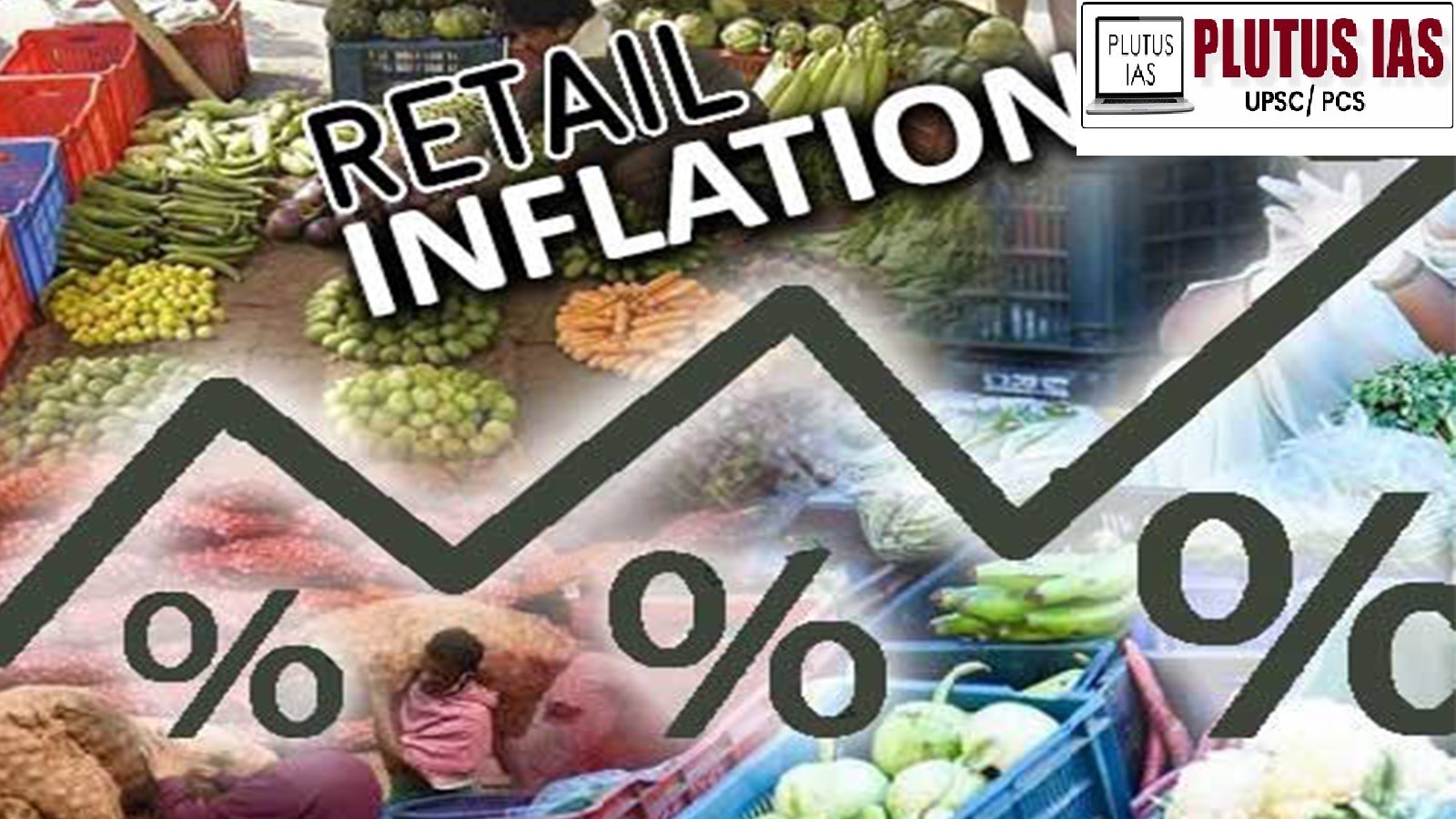
- According to the official data recently released by the Government of India, retail inflation in India has increased to 5.09 percent in February 2024.
- It has been within the range of two to six percent set by the Reserve Bank of India for six consecutive months.
- Despite the recent rise in retail food prices in India, consumer price index (CPI)-based inflation stood at about 5.1 percent in January.
- In February 2024, the Consumer Price Index (CPI) remained almost unchanged at 5.09 percent as compared to the previous month, while the pace of food price increase in the Consumer Food Price Index has increased by 36 basis points to 8.66 percent.
- Vegetable prices have recorded inflation of 30.3 per cent, an increase of 315 basis points from January.
- While potato prices rose from nearly 2 percent deflation to 12.4 percent inflation on a year-on-year basis in January, onion prices recorded 22.1 percent inflation and tomato prices rose by nearly 400 basis points. The increase reached its highest level in six months at 42 percent.
- According to the daily price monitoring of the Consumer Affairs Department, the average retail prices of potato, onion and tomato are 21.3 per cent, 41.4 percent and 35.2 percent higher respectively as of March 14 from the year-ago level.
- According to the Ministry of Agriculture and Farmers Welfare released on March 7, 2024, onion production in the horticulture crop year 2023-24 has decreased by 15.6 percent this year and potato production has also decreased by about two percent.
- The Central Water Commission’s water storage data released on March 14, 2024 also shows that the live storage capacity in 150 reservoirs across the country for summer crops is 40 percent of the total capacity and this is the 10-year average and The ratio of last year is less in both respects.
- Reserve Bank of India Deputy Governor Michael Patra told the Monetary Policy Committee that persistently high food inflation could increase instability in the economy.
Ways to Measure inflation in India :
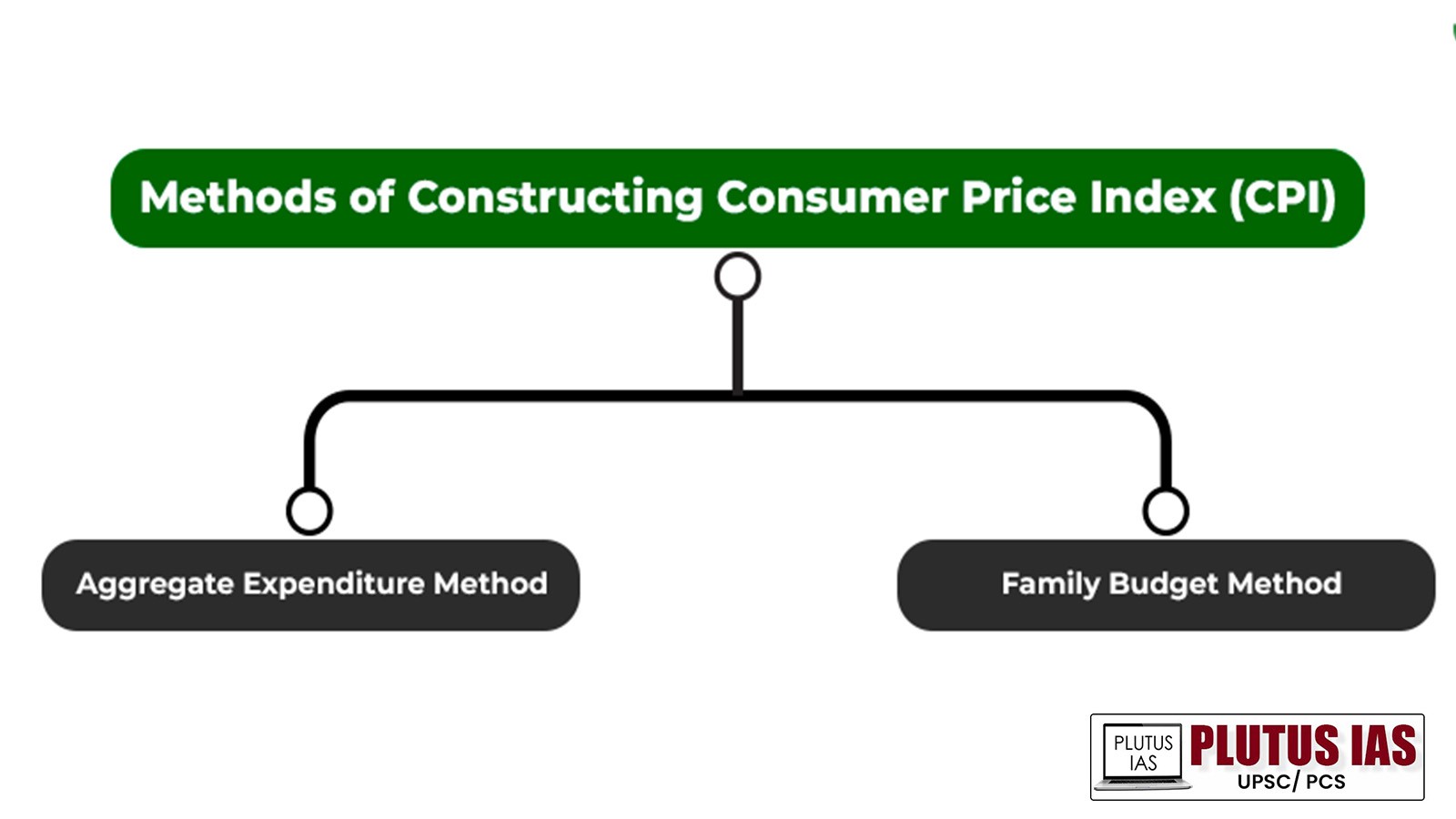
Wholesale Price Index (WPI) :
- It is the most commonly used inflation indicator in India.
- In India, it is published by the Office of Economic Advisor of the Ministry of Commerce and Industry.
- It includes all transactions from the first point of bulk sale of goods available for wholesale sale in the domestic market of India.
- The problem with the wholesale price index is that the general public does not buy products at wholesale prices.
Consumer Price Index (CPI) :
- The consumer price index measures changes in the prices of goods according to retail buyers.
- This index measures changes over time in the level of retail prices of selected goods and services at the rate at which consumers spend their income purchasing the goods.
- Retail inflation, whom CPI inflation Also known as inflation, defines the rate at which the prices of goods and services purchased by consumers for personal use increase over time.
- It measures changes in the costs of purchasing commonly used household goods and services, including food, clothing, housing, transportation, and medical care.
Types of Consumer Price Index :

There are four types of Consumer Price Index (CPI), which are as follows –
CPI for Industrial Workers (IW)
CPI for Agricultural Laborer (AL)
CPI for Rural Laborer (RL)
CPI for Rural / Urban / Combined or Urban Non-Manual Employees (UNME).
The first three of these are compiled by the Labor Bureau in the Ministry of Labor and Employment. Whereas the fourth type of CPI is compiled by the Central Statistical Organization (CSO) under the Ministry of Statistics and Program Implementation.
Consumer Price Index vs. Wholesale Price Index :
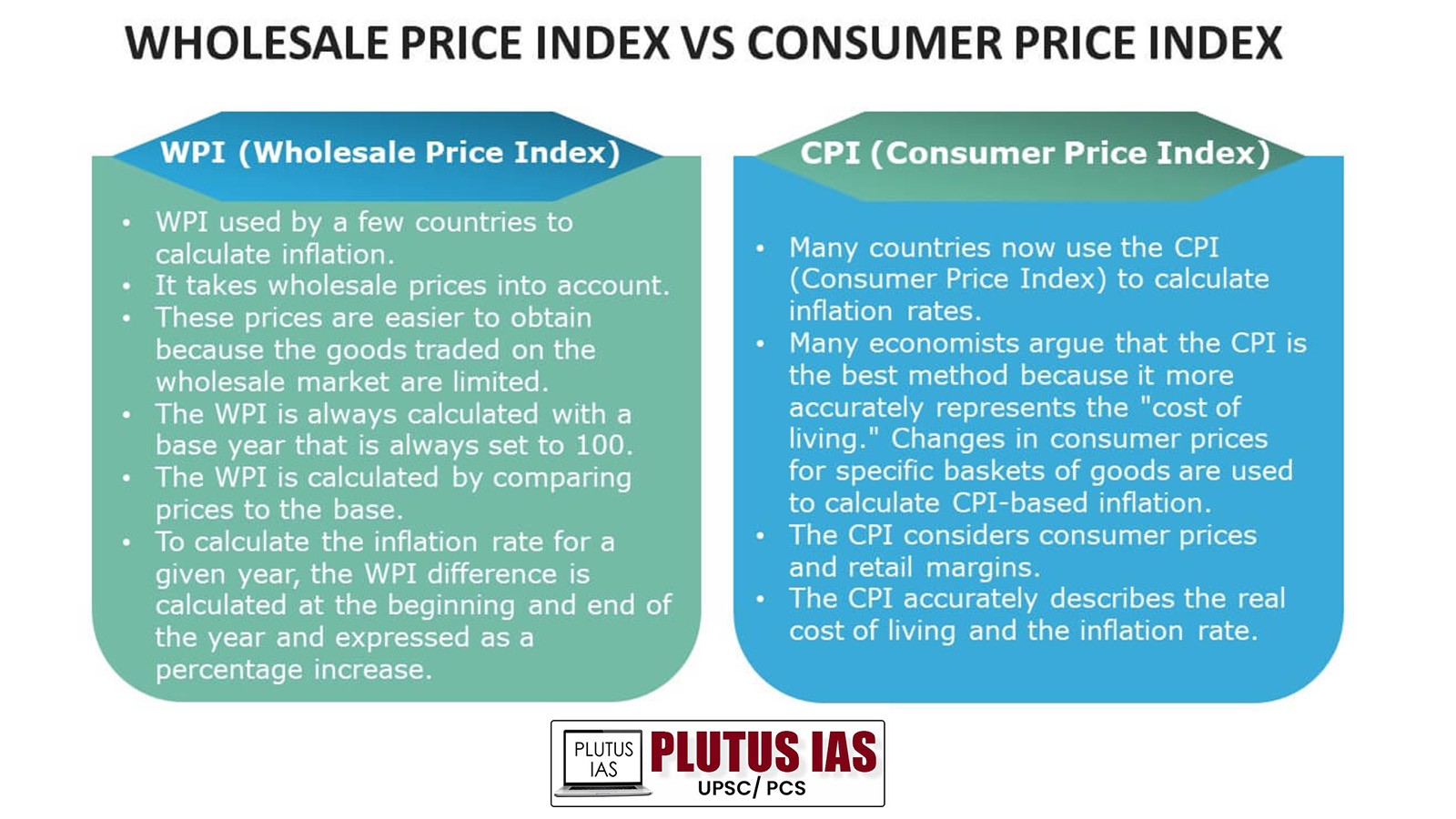
- Wholesale Price Index (WPI) is used to find out the prices of goods at the wholesale level. It is virtually impossible to measure or trace changes in the prices of all goods in the economy. Therefore, inflation is measured by taking a sample in the Wholesale Price Index. After this, a base year is decided against which the current inflation is measured.
- In India, inflation is calculated on the basis of Wholesale Price Index.
- Consumer Price Index (CPI) measures inflation at the retail level in which consumers are directly involved. This method better measures the impact of inflation on the common consumer.
- WPI based inflation is measured at the producer level while CPI measures changes in prices at the consumer level.
- Both baskets measure the inflationary trend (movement of price signals) within the broader economy, with the two indices differing in the way in which food, fuel and manufactured goods are weighted.
- WPI does not take into account changes in prices of services, whereas CPI takes into account changes in prices of services.
- In India, the Reserve Bank of India adopted the CPI measure as the key measure of inflation in April 2014.

Current situation of food price inflation and deflation :
Inflation in pulses and cereals :
- ‘ The Consumer Price Index of India’ The latest data shows that food inflation of two commodities: prices of cereals (11.9%) and pulses (13%) increased sharply in July and August respectively.
- The annual retail price growth of vegetables was even higher, at 37.4% and 26.1% respectively.
- According to this data, the best indicator was tomatoes, whose retail inflation during this period stood at 202.1% and 180.3% respectively.
Deflation in essential commodities and the strategy of governments :
- For political reasons, most governments naturally privilege consumers over producers. In the present scenario the government should give equal priority to both production and producers especially of the two agricultural/food commodities, apart from other problems.
- The areas given priority by the governments are –
Need for government priority in the field of vegetable oil production in India :
- The harvesting and marketing of soybean had started in the month of October, but the oilseed was already under the control of the government. Minimum Support Price (MSP) Is trading at a lower level than.
- As oil and meal, there has been a recent decline in demand for soybeans.
- One of the main reasons for the slowdown in Indian markets is India’s import of edible oil from other countries. from India vegetable oils imports are estimated to reach a high of 17 million tonnes (mt) in 2022-23.
Need for government priority in the field of milk production in India :
- There has been a decline in the purchase of milk powder, butter or ghee in recent times in India. There is a decline in the purchase of milk products even after festivals (Dussehra-Diwali), usually in winter when milk production is at its peak.
- The alleged increase in adulteration of vegetable fat in the sale of adulterated ghee has also increased the problems of this industry and made it a matter of concern. The fall in prices of imported oils, especially palm oils, has further increased the adulteration of butter and ghee with cheap fats, which has begun to raise health concerns for consumers in India.
Government support to wheat and rice as essential commodities :
- In India, excess supply in the absence of effective distribution by government mechanisms or through the Public Distribution System (PDS) may lead to decline in market prices.
Higher production of a particular crop by farmers in India :
- Generally, farmers in India often challenge the minimum support price (MSP) set by the government by increasing production of MSP-supported crops like wheat and rice. This overproduction could lead to a glut of these crops in the market, pushing their prices below the MSP.
Inadequate procurement and distribution at government level :
- In India, the government sets the Minimum Support Price (MSP) and purchases crops from farmers through its own mechanisms, however the procurement infrastructure and distribution system may be inefficient, leading to delays in procurement and inadequate distribution of grains to consumers. Is.
Consumer Food Price Inflation (CFPI) :

- a specific measure of inflation Consumer Food Price Inflation (CFPI), which focuses specifically on the price transformation of food items into consumer goods and services.
- It measures the rate at which the prices of food products consumed by a typical household are increasing or showing signs of increasing over time.
- CFPI comprehensive Consumer Price Index (CPI) is a sub-component of,Where the Reserve Bank of India (RBI) calculates the rate CPI-Composite (CPI-C) Uses up.
- The CFPI monitors price changes of specific food items that are commonly consumed by households. For example – grains, vegetables, fruits, dairy products, meat and other foods.
Reasons for food price Inflation :

Situation of imbalance in demand and supply :
- When there is an imbalance between the demand and supply of food items in any country or its economy, then the prices of food items start increasing.
- Factors such as natural disasters or extreme weather events, low crop yields or pest infestation of crops by insects can reduce the supply of agricultural products, thereby increasing their prices.
- Sometimes, due to increase in demand, increase in population or change in consumer’s food preferences, if the supply of food items is not maintained continuously, then in such a situation the prices may also increase.
Increase in cost of agricultural production for farmers :
- Sometimes food prices may also increase due to increase in agricultural production costs for farmers. It also includes expenses like increase in price of fuel, fertilizers and labor costs.
Increase in energy prices :
- Rising costs of energy used in agricultural operations, or sometimes especially fuel prices such as diesel or petrol, are a significant factor in the food supply chain. Increases in diesel, gasoline or oil prices may increase transportation costs to get food products from farms to stores, resulting in higher food prices for consumers.
Currency Exchange Rate :
- Sometimes fluctuations in currency exchange rates can affect food prices, especially for countries that rely heavily on imported foods. A weak domestic currency can make imported food or foodstuffs more expensive, leading to an increase in inflation.
Business Policies :
- Trade policies and tariffs set at the national or international levels can affect the prices of imported and domestically produced food. Restrictions on the import of any food item may also limit the variety of food products available and potentially increase prices.
Government intervention in the form of price controls or regulations :
- Government intervention in the form of subsidies, price controls or regulations given to citizens in the case of food items can affect the prices of food items. On one hand, subsidies given by governments can reduce the cost/price of production of food items, on the other hand, price controls by governments can limit price rise.
Long – term changes in climate patterns :
- Long-term changes in climate patterns may impact agricultural products or food production. More severe and extreme weather events, such as drought or floods, can damage crops and reduce agricultural yields, which can also increase food prices.
Need for investment in Agricultural research and technology :
- In the agricultural sector, there is a need to invest in agricultural research and technology to increase the yield potential of crops and productivity of livestock, reduce production costs and promote sustainable agricultural practices.
Need to strengthen food supply chains :
- There is a pressing need to invest in transportation and storage infrastructure to reduce food spoilage and wastage.
- There is an urgent need to improve the distribution network to ensure that food reaches the intended consumers efficiently and prevent wastage of food items.
To promote coordination between international trade and markets :
- There is an urgent need to remove trade barriers and related tariffs on any essential food items.
- There is a need to greatly facilitate international trade to ensure continuous and stable supply of food items or food products, as well as to promote synergy between international trade and markets to ensure uninterrupted supply of food items or food products. There is a great need to give.
To reduce hoarding or black marketing or monopoly power and to promote mutual competition :
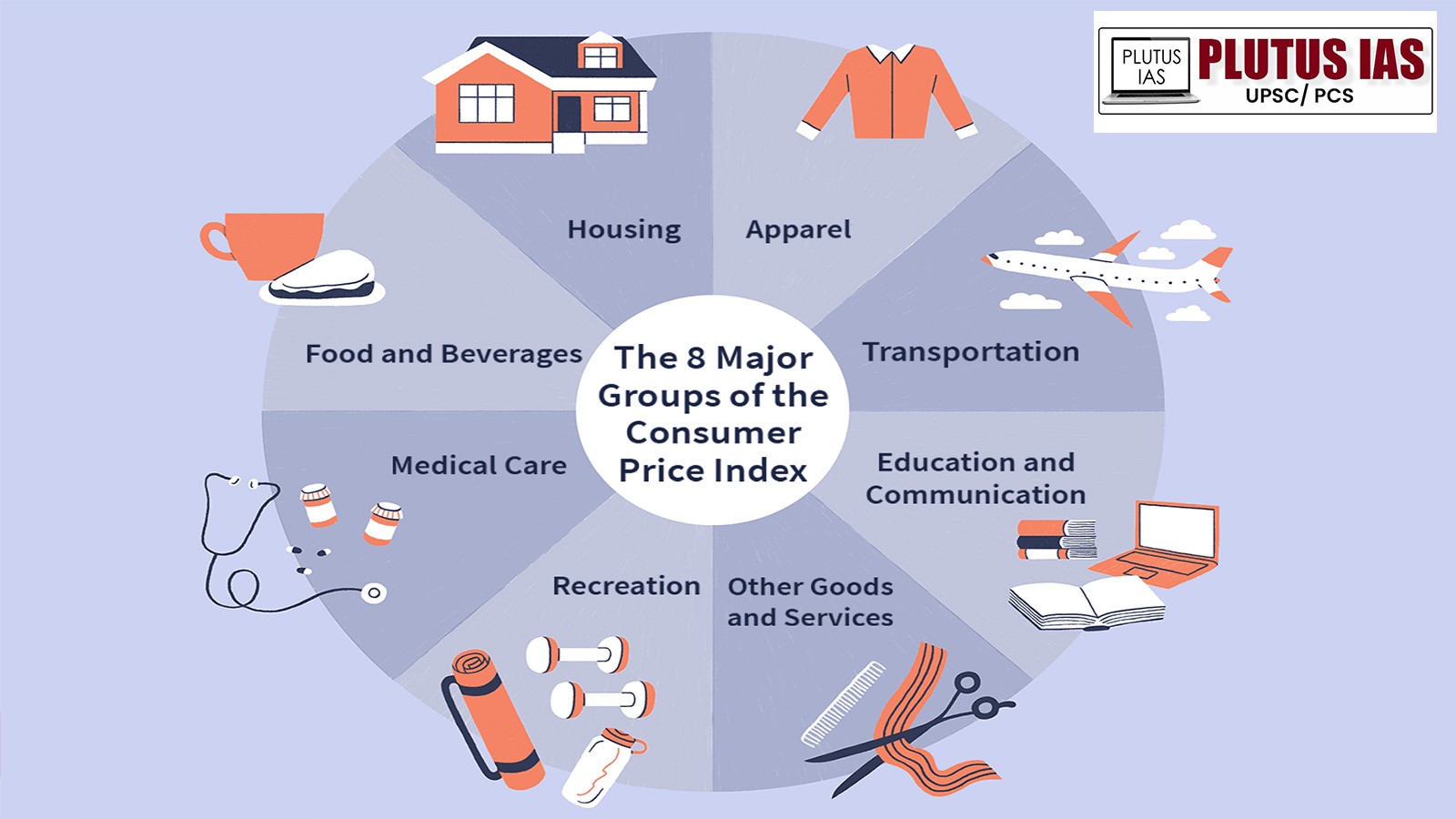
- In India, it is extremely important to implement anti-monopoly law to prevent the tendency of big agri-business establishments to establish monopoly rule in the market, hoarding or black marketing in the market and price manipulation.
- There is an urgent need to encourage competition in food sectors such as food items or food products to keep food prices competitive.
- Global natural and political events: Global events such as geopolitical conflicts, pandemics and trade disruptions can disrupt food supply chains and cause food prices to rise. For example – the COVID-19 pandemic disrupted food production and distribution in many parts of the world. Learning lessons from this pandemic, there is an urgent need to pave the way in this direction so that food supply chains are not disrupted in the future.
Conclusion / Path to solution :
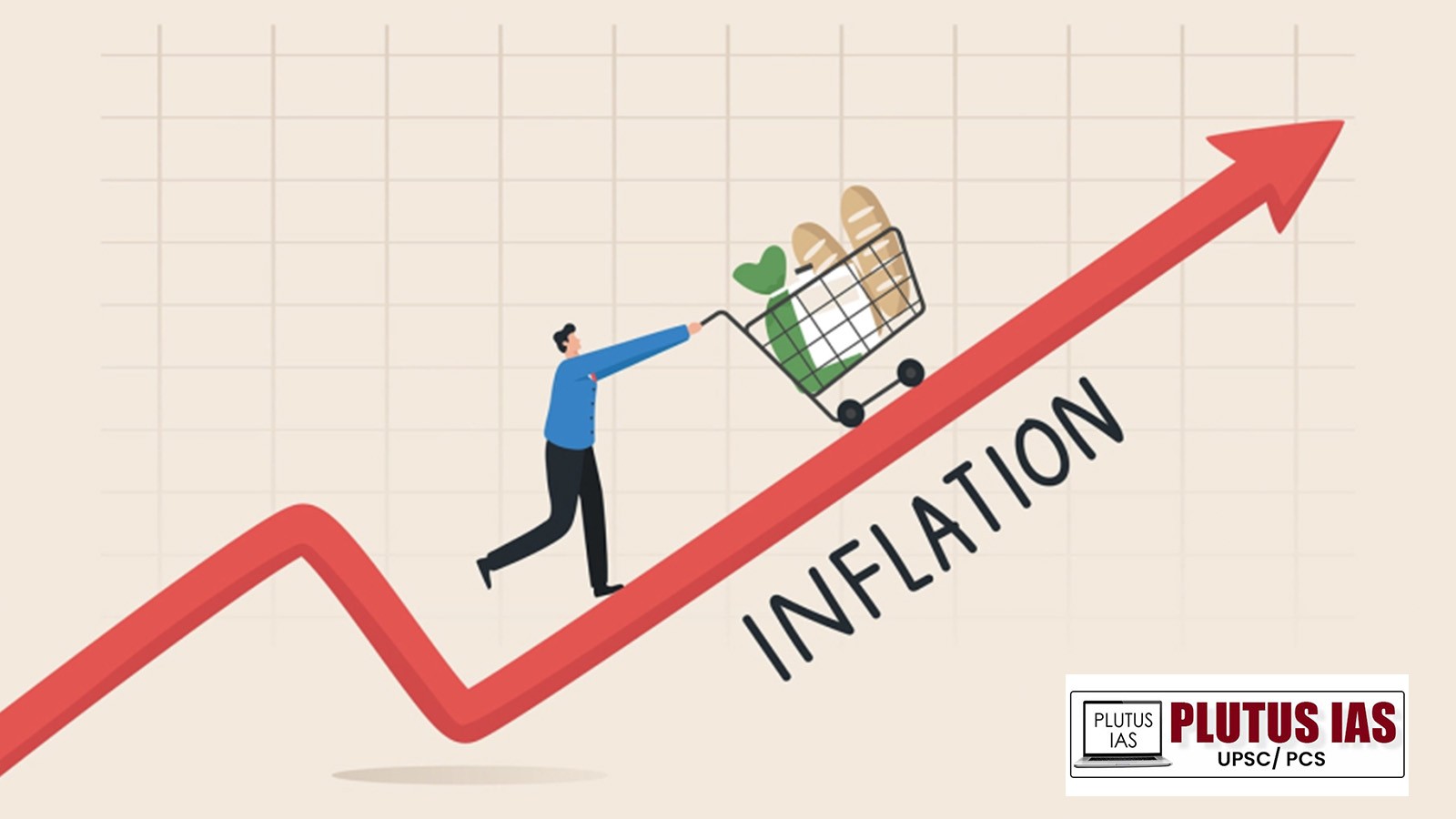
- For inclusive and sustainable development in India, Indian policy makers will have to keep inflation within its target.
- If the Indian economy is to be saved from instability due to the Lok Sabha elections to be held in the country in the year 2024, then the policy makers of India will have to strike a balance between inflation and instability of the Indian economy, so that the general public can be saved from the blow of inflation.
- Global natural and political events: Global events such as geopolitical conflicts, pandemics and trade disruptions can disrupt food supply chains and cause food prices to rise. Therefore, there is a great need to pave the way in this direction so that the food supply chains in India are not disrupted in the future.
- There is an urgent need to improve the distribution network to ensure that food reaches the intended consumers efficiently and prevent wastage of food items.
- Currency Exchange Rate May make imported food or foodstuffs more expensive, leading to an increase in inflation.
Practice Questions for Preliminary Exam :
Q.1. Consider the following statements with reference to retail inflation.
- Reasons for retail inflation In any economy, when there is an imbalance between the demand and supply of food items, the prices of food items also start increasing.
- The CFPI monitors price changes of specific food items that are commonly consumed by households.
- There are six types of CPI.
- Long-term changes in climate patterns do not affect agricultural products or food production, but rather lead to higher yields in the agricultural sector.
Which of the above statement / Statements is/ are correct?
(A) Only 1, 3 and 4
(B) Only 2 and 4
(C) Only 1 and 3
(D) Only 1 and 2.
Answer – (D)
Practice Questions for Main Exam:
Q.1.What do you understand about retail inflation and consumer price index ? Underlining the main reasons for the stability of the economy of any country ? Review the effects arising from retail inflation and consumer price index.




No Comments